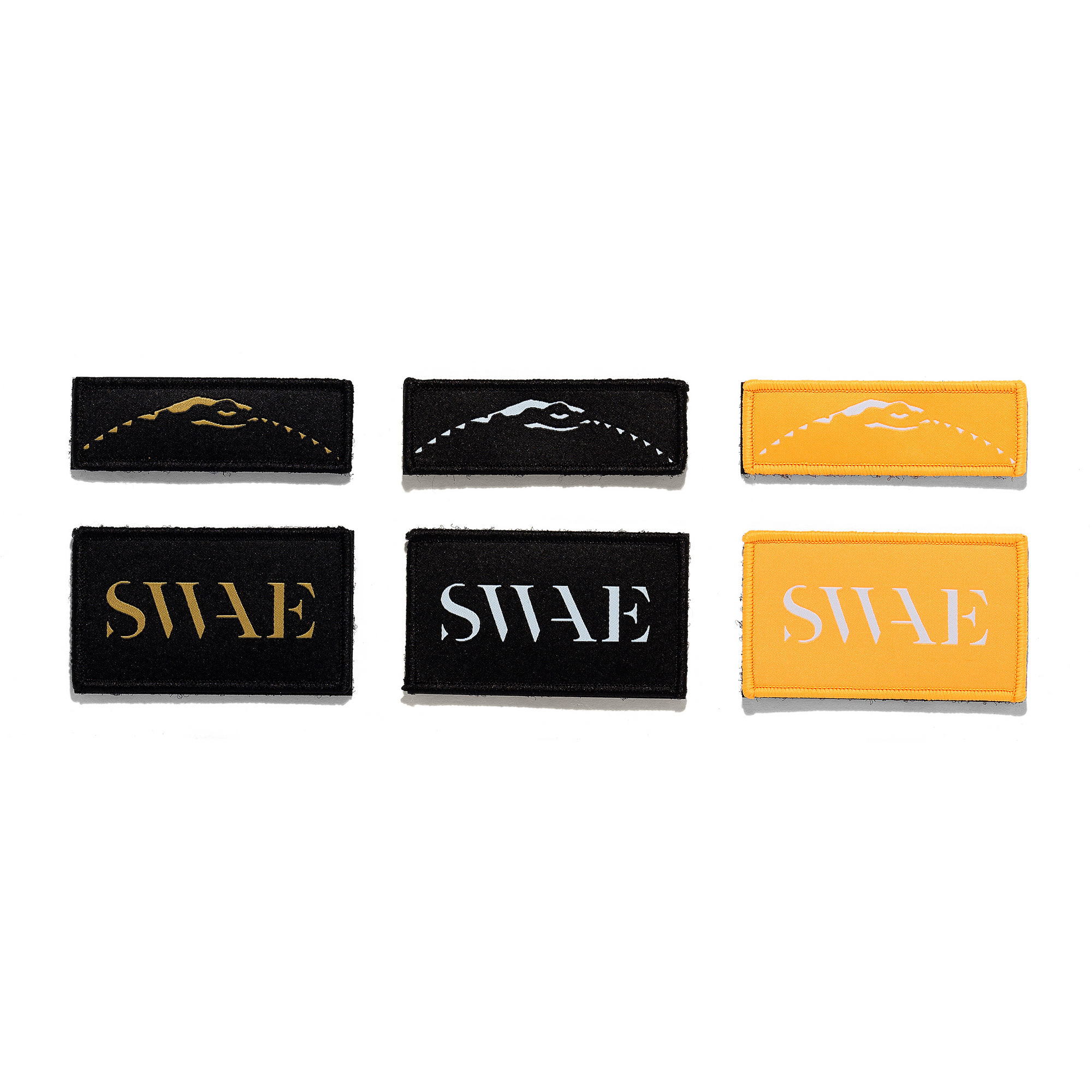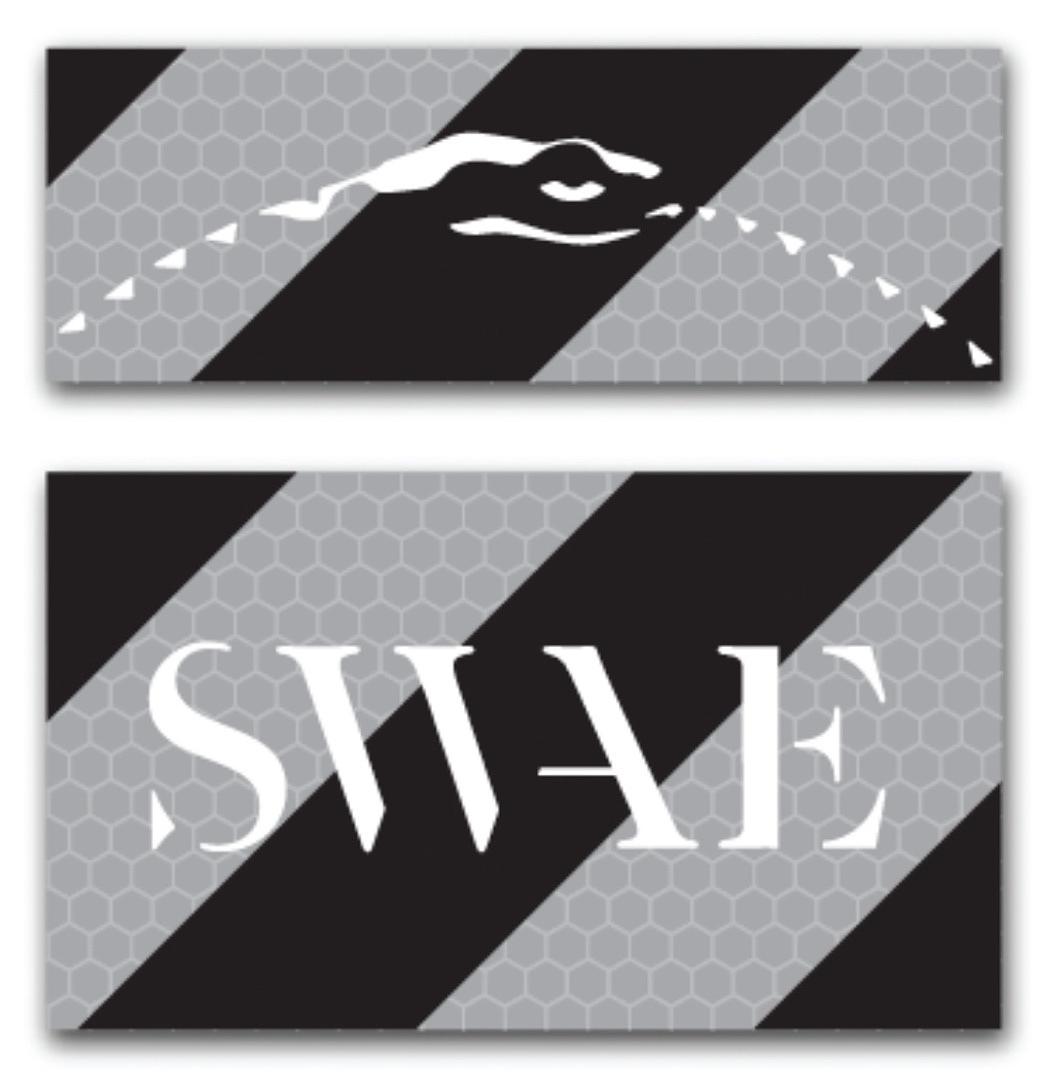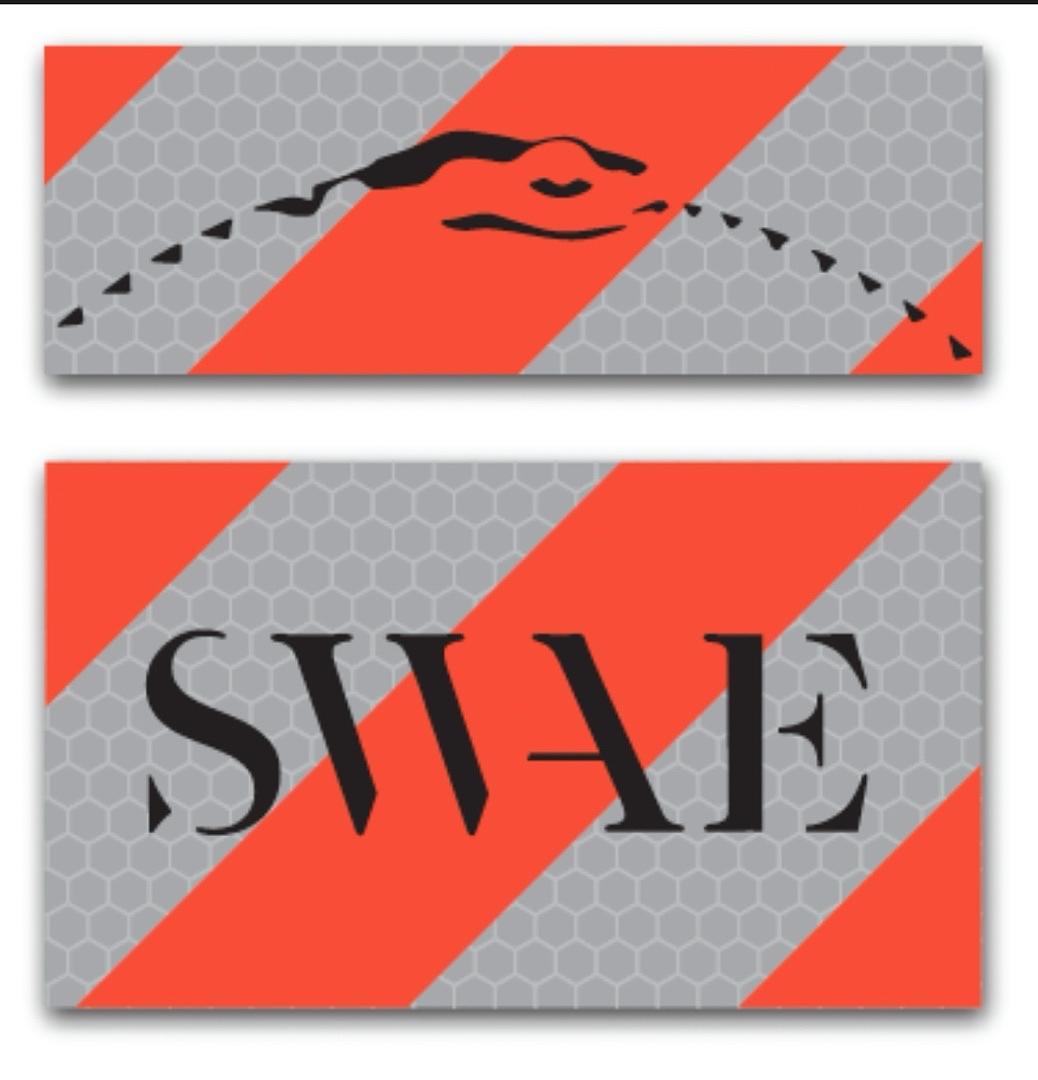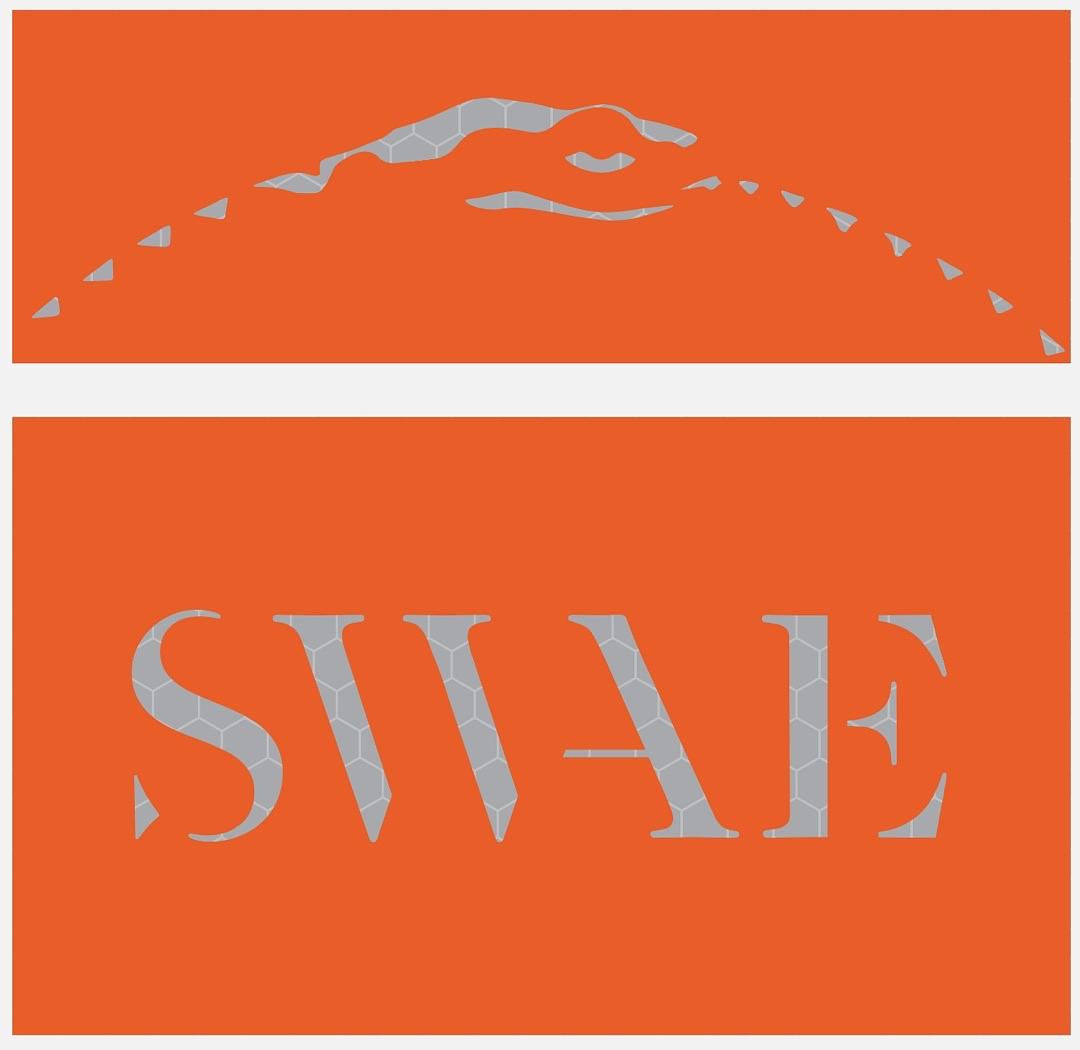Workshop
REVOLUTION IN MATERIAL SCIENCE - THE ORIGIN OF VINYL WRAP
The summer heat in Akron wasn't doing anything to help Waldo's mounting frustration. With temperatures in the upper 90s and working directly with heated solvents in the lab, he was at a boiling point. BF Goodrich had brought the young chemist in from the University of Washington to help them pioneer a bonding agent that would attach rubber to metal. For months he had tried every chemical manipulation imaginable with zero luck. At his wit's end, he took some material refuse cast aside within the lab called polyvinyl chloride. His attempt to heat it in a high boiling point solvent didn't work, as the material's new consistency wasn't adhesive. The new material before him was, however, incredibly elastic yet flexible. Pulling and flexing the new material in his hands, Waldo was suddenly struck by an idea.
That sweltering Ohio summer in 1926, the now famous inventor and chemist Waldo Semon would invent the means to chemically manipulate polyvinyl chloride, or PVC as we now know it. This synthetic plastic is the world's second most used plastic polymer, and found in everything from raincoats to wire coverings and floor tiles. Most plastic piping in our homes is this material, creating plumbing networks under our sinks out of hardened PVC.
Polyvinyl chloride has always been a relatively inexpensive material, but rendering intricate designs from it is a different story. In the 1990s, vinyl saw leaps in the adhesive elements and die cutting that allowed consumers to begin wrapping their cars en masse. As paint prices rose steadily across the US, it became more and more efficient to wrap our vehicles in vinyl instead of painting the body panels.
Wrap And Reveal
As we discover new ways to manipulate the surface of vinyl, more and more intricate designs have begun to emerge even within the last ten years. Satin and chrome textures can transform a mundane car into a showroom piece. Raised texture embossing like those found on the SWAE Rolls Royce can add subtle flairs to an appearance. This line of exploration opens up new pathways within the wrap industry. Pioneering new materials like blackout film makes the wraps much more recyclable. A focus has been on creating more tear-resistant formats that won't rip from rocks and bugs. Another avenue of technological exploration is digital prints that can manifest moving images across the vehicle's bodywork.
The world of vehicle wraps remains poised for breakthroughs nearly a century after Waldo Semon's integral work with PVC. From what hot lab, dusty garage, or research and development facility will the next breakthrough come? Who will we write about in 100 years that transformed the world and industry as we know it? This notion lies at the heart of exploration - an inquisitive nature to try things others have overlooked. Daring fearlessly to dream of our desired outcome and a passion to realize it.
















